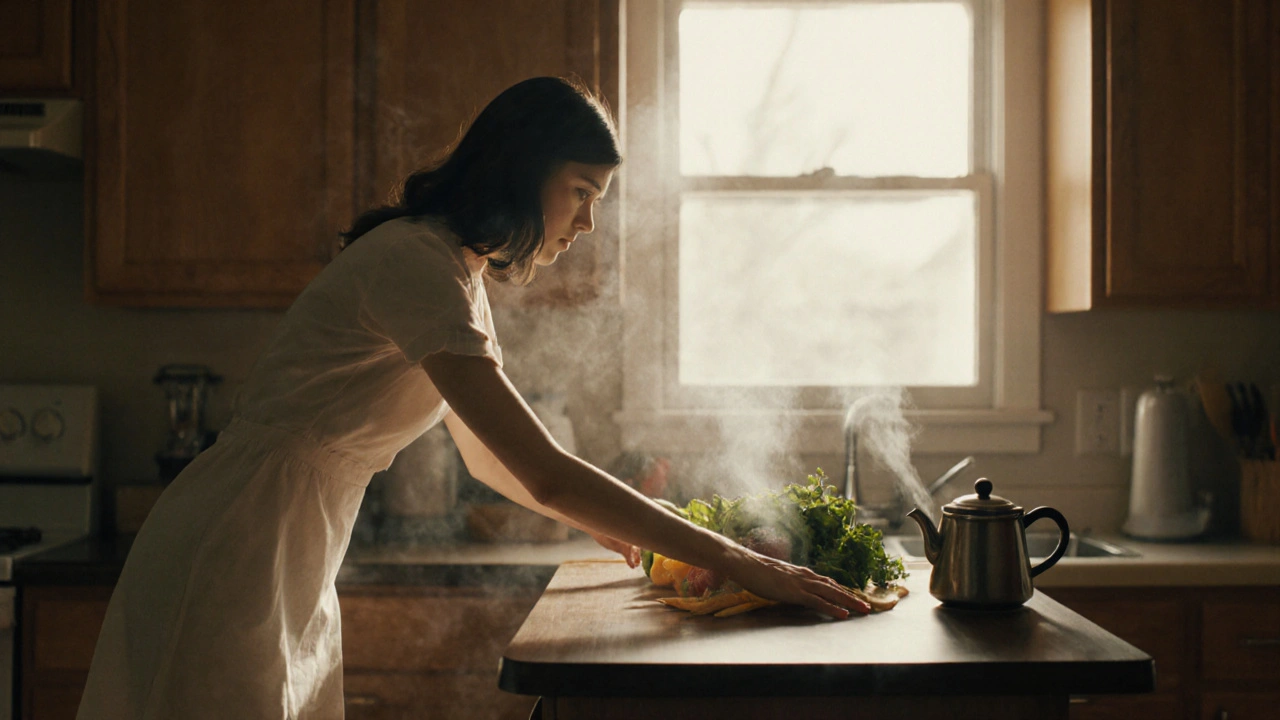Surreal Storytelling in Art: Dreams, Symbols, and Visual Narratives
When you see a painting where clocks melt over tree branches or a woman’s face is made of clouds, you’re not looking at a mistake—you’re witnessing surreal storytelling, a visual language that uses dream logic to reveal hidden truths. Also known as dream logic art, it doesn’t just show what something looks like—it shows what it feels like to be inside a thought, a fear, or a memory. This isn’t fantasy. It’s not magic. It’s the mind’s way of speaking when words fail.
Surreal storytelling relies on three core tools: dream imagery, symbols pulled from the subconscious that carry personal or universal weight, symbolic art, objects that mean more than they appear, and visual narrative, a story told without a single word, using composition, contrast, and strange juxtapositions. Think of Salvador Dalí’s melting clocks—not because he hated time, but because he wanted you to feel how time slips when you’re anxious, or lonely, or in love. Or René Magritte’s pipe labeled "This is not a pipe"—not to confuse you, but to make you question what you think you know.
You’ll find surreal storytelling in the quietest moments, too. Not just in grand gallery pieces, but in the way a figure stands too still in a crowded room, or how a shadow stretches longer than it should. It’s in the tension between what’s shown and what’s hidden. It’s why a single red shoe in an empty hallway can feel heavier than a scream. This style doesn’t need to be loud. It just needs to be honest.
What you’ll find in this collection isn’t just art that looks weird. It’s art that feels real in a way reality never does. You’ll see how artists use surreal storytelling to explore trauma, identity, desire, and silence. Some pieces come from painters who lived through war. Others come from creators who just couldn’t sleep at night. Every post here is a doorway. Step through, and you won’t just look at art—you’ll feel what it’s trying to say.

